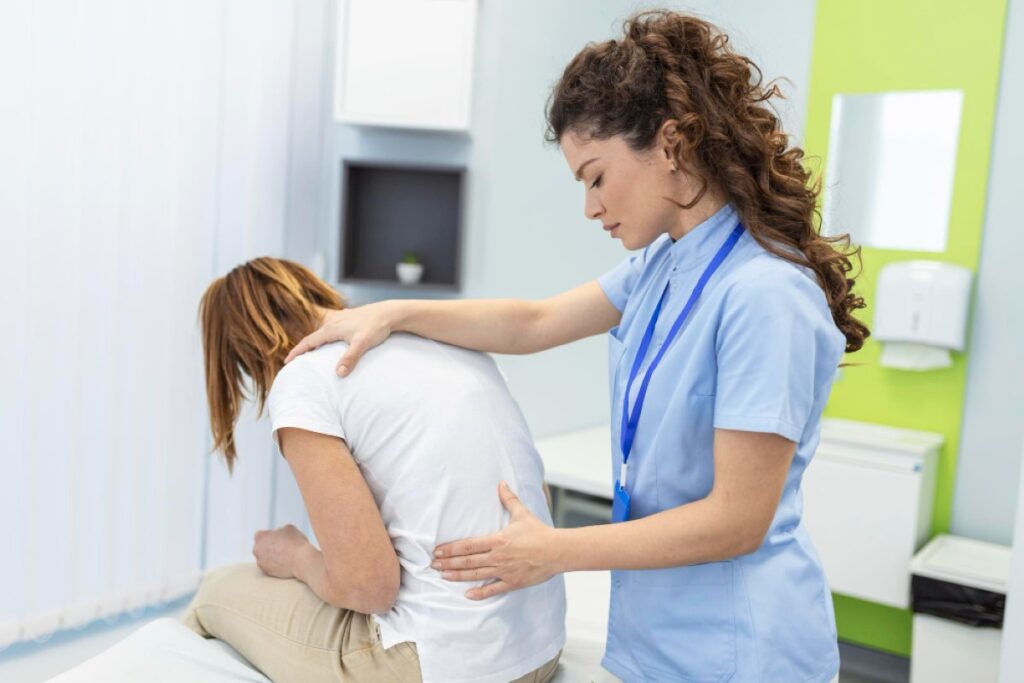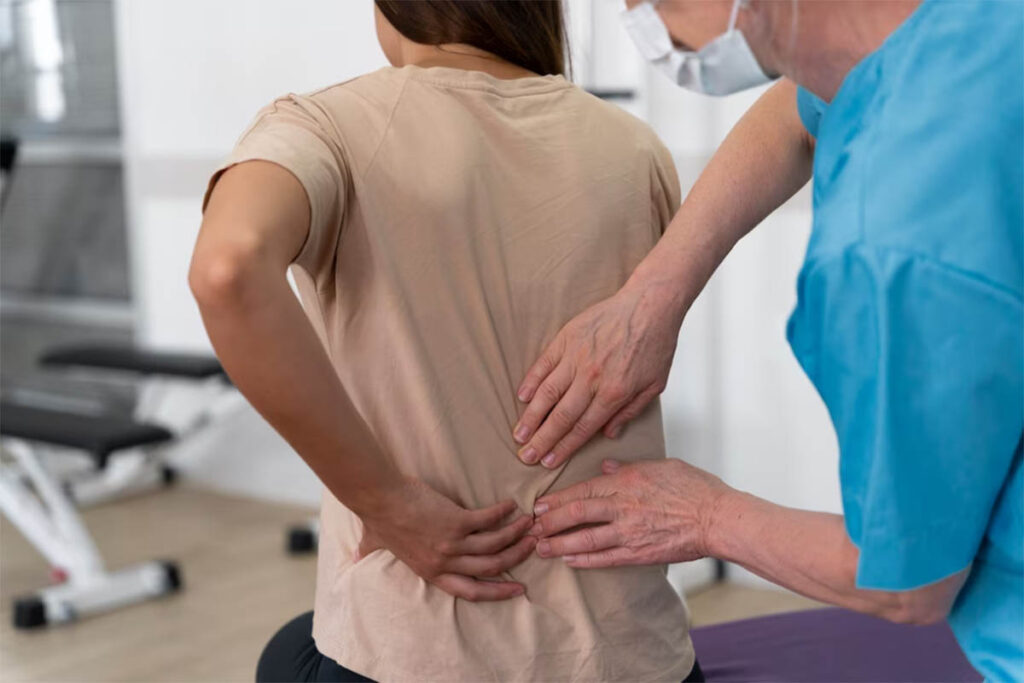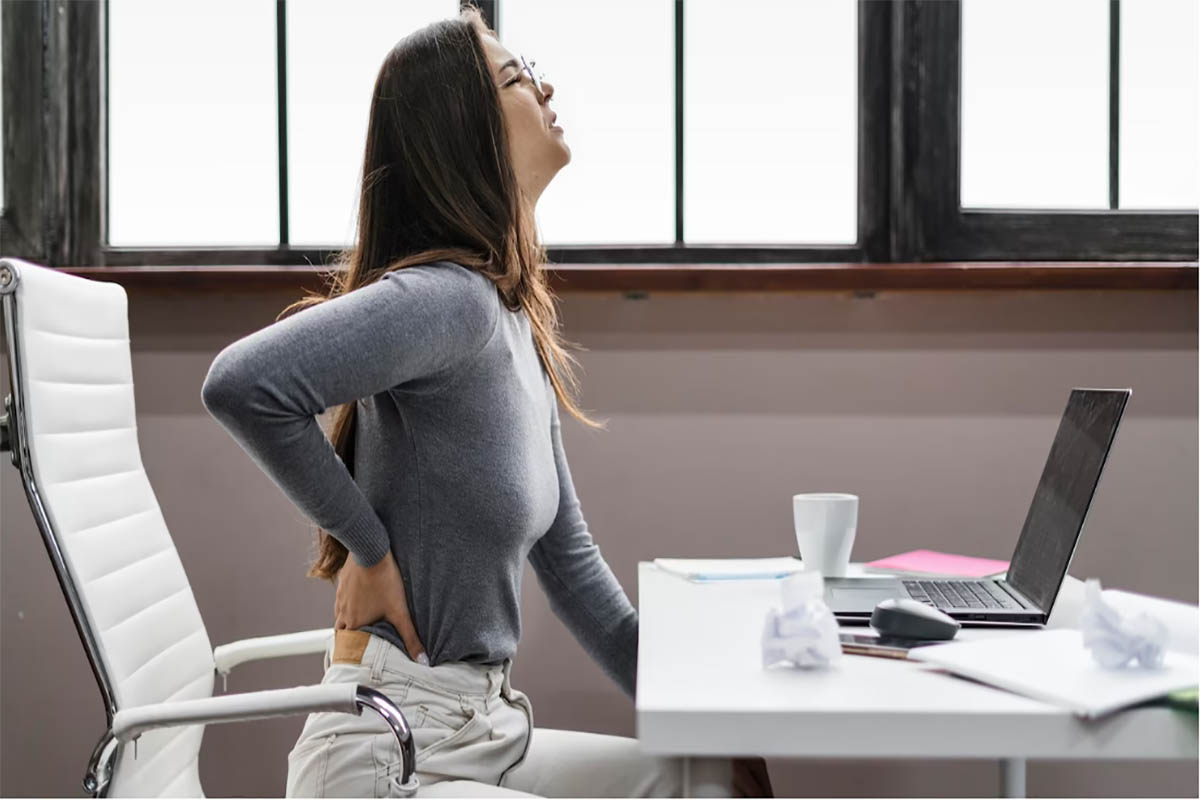Introduction
Spine pain is a prevalent and often debilitating condition that affects millions of people worldwide. The spine, a complex structure of bones, discs, muscles, and nerves, plays a vital role in supporting the body and facilitating movement. When the spine experiences pain, it can significantly impact an individual’s quality of life, limiting mobility and causing discomfort. In this comprehensive 3000-word article, we will delve into the world of spine pain, exploring its causes, symptoms, diagnosis, treatment options, and essential preventive measures.
Section 1: The Anatomy of the Spine
Understanding the anatomy of the spine is crucial to grasp the potential sources of pain. The spine is divided into five regions:
- Cervical Spine: The neck region, consisting of seven vertebrae (C1-C7).
- Thoracic Spine: The upper back, comprising twelve vertebrae (T1-T12) that connect to the ribs.
- Lumbar Spine: The lower back, consisting of five vertebrae (L1-L5) that support the majority of the body’s weight.
- Sacral Spine: The sacrum, a triangular bone formed by five fused vertebrae (S1-S5) that connect to the pelvis.
- Coccygeal Spine: The tailbone, composed of three to five fused vertebrae.
Between each vertebra are intervertebral discs, which act as shock absorbers and allow for flexibility in the spine. The spine is supported by ligaments, tendons, and muscles, which work together to maintain stability and facilitate movement.
Section 2: Common Causes of Spine Pain

Spine pain can arise from various factors, including:
- Muscle Strain: Overuse, poor posture, or sudden movements that strain the muscles of the back and neck.
- Disc Herniation: The displacement of the inner gel-like material of a disc, which can compress nearby nerves.
- Degenerative Disc Disease: Age-related wear and tear of the discs, leading to reduced cushioning and possible nerve compression.
- Spinal Stenosis: A narrowing of the spinal canal, often due to age-related changes, leading to nerve compression.
- Osteoarthritis: Degenerative joint disease that affects the facet joints of the spine, causing pain and stiffness.
- Scoliosis: Abnormal lateral curvature of the spine, which can lead to muscle imbalances and pain.
- Spinal Fractures: Breaks in the vertebrae, often due to trauma or osteoporosis.
- Spinal Infections: Infections in the spine or surrounding tissues, which can cause localized pain and inflammation.
- Spinal Tumors: Abnormal growths in the spine or nearby structures, which can compress nerves and cause pain.
- Nerve Compression: Pressure on the spinal nerves, such as in conditions like sciatica.
Section 3: Symptoms of Spine Pain
Spine pain can manifest in various ways, depending on the underlying cause and the affected region. Common symptoms include:
- Localized Pain: Pain that is confined to a specific area of the spine, such as the lower back or neck.
- Radiating Pain: Pain that travels along the path of a nerve, often extending into the arms or legs.
- Stiffness: Reduced flexibility and difficulty in bending or turning the spine.
- Numbness or Tingling: Sensations of numbness or tingling in the extremities due to nerve compression.
- Muscle Weakness: Weakness in the muscles of the back, arms, or legs.
- Loss of Bowel or Bladder Control: In severe cases of nerve compression, loss of bowel or bladder control may occur (a medical emergency).
Section 4: Diagnosing Spine Pain
Diagnosing the cause of spine pain typically involves a combination of the following:
- Medical History: The healthcare provider will inquire about the patient’s symptoms, medical history, and any recent injuries or activities that may have contributed to the pain.
- Physical Examination: A thorough examination of the spine, assessing range of motion, muscle strength, and areas of tenderness.
- Imaging Studies: X-rays, MRI, or CT scans may be conducted to visualize the spine’s internal structures and detect any abnormalities or injuries.
- Electromyography (EMG): A nerve conduction study to assess the electrical activity of muscles and identify nerve-related issues.
- Blood Tests: Blood tests may be conducted to rule out infections or systemic conditions that may be causing spine pain.
Section 5: Treatment Options for Spine Pain

Treatment for spine pain depends on the underlying cause and severity of the symptoms. Common treatment options include:
- Rest: Adequate rest is essential to allow the spine to heal and recover.
- Pain Medication: Over-the-counter pain relievers or prescription medications may be used to manage pain and inflammation.
- Physical Therapy: Specific exercises and stretches designed to improve spine strength, flexibility, and posture.
- Heat and Cold Therapy: Applying heat packs or cold compresses can help reduce inflammation and alleviate pain.
- Epidural Injections: Injections of corticosteroids into the epidural space to reduce inflammation and pain.
- Spinal Decompression: Techniques such as traction or decompression therapy may be used to relieve pressure on the spine.
- Chiropractic Care: Manual adjustments to the spine to improve alignment and relieve pressure on nerves.
- Surgery: In severe cases of spine pain, when conservative treatments fail or when there is a structural issue requiring intervention, surgical options may be considered.
Section 6: Preventive Measures for Spine Health
Preventing spine pain involves adopting healthy habits and practices:
- Proper Posture: Be mindful of maintaining good posture while sitting, standing, and walking.
- Ergonomic Workstation: Ensure your workstation is set up ergonomically to avoid unnecessary strain on the spine.
- Regular Exercise: Engage in regular physical activity to keep the spine muscles strong and flexible.
- Lift Properly: Use proper lifting techniques to avoid straining the back muscles.
- Stretching: Perform regular stretches to improve spine flexibility and prevent muscle tension.
- Maintain a Healthy Weight: Excess body weight can put additional stress on the spine.
Section 7: When to Seek Medical Attention
While most cases of spine pain resolve with self-care measures, there are instances when medical attention should be sought:
- Severe Pain: If the spine pain is severe, persistent, or worsening.
- Neurological Symptoms: If there is weakness, numbness, or tingling in the arms or legs.
- Loss of Bowel or Bladder Control: If there is a loss of bowel or bladder control (a medical emergency).
Conclusion
Spine pain is a common and often challenging condition that can significantly impact an individual’s quality of life. Understanding the potential causes, symptoms, treatment options, and preventive measures for spine pain is essential for promoting spine health and overall well-being. Regular exercise, proper posture, and lifting techniques, as well as stress management, are all crucial components of spine care. If spine pain persists or is accompanied by concerning symptoms, seeking timely medical evaluation is essential for identifying the underlying cause and ensuring appropriate treatment. By adopting healthy habits and seeking timely medical attention when needed, individuals can maintain



